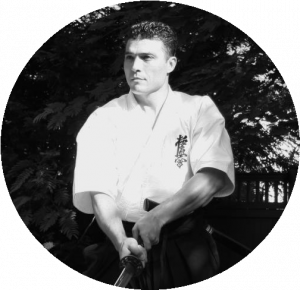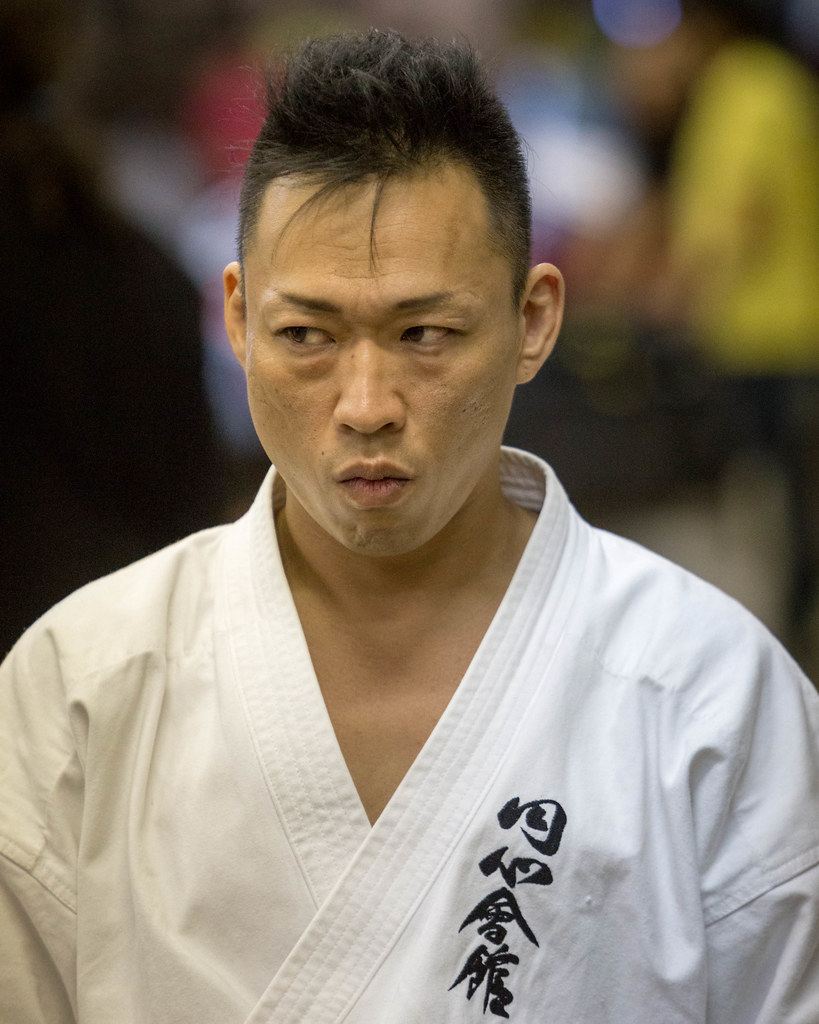


The karate gi was unique at the time as it featured the name of the style on the back of the jacket in English "Ashihara Karate", in addition to the Ashihara in kanji on the front of the jacket, and also on the left sleeve there was an Ashihara logo in colour and in English. Kancho Ashihara released his first Japanese instructional video in 1984, his second in 1986 and third also in 1986. In Japanese, Kancho Ashihara published his first book in 1983 Jissen Ashihara Karate, his second book in 1984 Jissen Ashihara Karate 2 and his third book in 1987 Jissen Ashihara Karate 3. A second instructional book titled More Fighting Karate was published in 1989. An instructional video was released in 1985 in English. Kancho Ashihara published his first book in English in 1985 titled Fighting Karate. Positioning - refers to the ability to take up a position at the opponents side or back (blindspot) from which you can easily attack without being attacked yourself.įight control - is a term that represent that which Ashihara Karate stands for, it involve a revolutionary, scientific, logical and safe type of self-defense training specifically, it refers to the ability to take up a safe and strong position from which to contain your opponent and launch a counter-attack. Two important concepts of Sabaki are fight control and positioning. If this principle can be understood and mastered, then karate becomes something which anyone can learn. By using your opponents force against them, you can see how someone who is not as strong can fell a much larger opponent. At that point, if you apply a little force from the outside, you can change the direction of his momentum and upset his balance. If instead, you step to his side and pull him onward, he will carry on under his own steam.

If your opponents approach head on, it needs a great deal of power to force them back, especially if they are a lot stronger. For example, there are directions of movement that the human body finds easy as well as awkward.
#Sabaki challenge 1994 how to#
In creating Sabaki, Kancho Ashihara considered the various functions of the human body, and how to maximise the body performance in order to control an opponent without being punched or kicked. The essence of Ashihara Karate is contained within Sabaki, the method of fighting that combines defense and offense into one. Ashihara Karate is called a modern style, in part, for its revolutionary katas have no historical influence from traditional Samurai era karate katas, every move (strike, footwork, block or sweep) is effective in a street fight with the karateka envisioning an opponent and once the kata is mastered by the karateka it will then be performed with an attacker, with the karateka grading solo and with an attacker.įull contact fighting (kumite) is practiced in training and in gradings. Each kata can be used for solo combination practice or with a partner as control technique training. In the katas there are three types of pattern: short, middle and long range. The katas are based on Sabaki and are applicable to real fighting situations making them unique in the world of karate. The basics are 21 basic techniques which are all practical in a street fight. The technical aspects of Ashihara are shaped around 6 basic areas: Kancho Ashihara appointed senior student Joko Ninomiya and tournament champion, who was already based in the United States, as Shihan (senior instructor) for the United States. The Honbu (headquarters) of Ashihara is located in Matsuyama City. In 1980, Hideyuki Ashihara established his own style of karate forming the New International Karate Organisation (NIKO) - Ashihara Karate Kaikan and became the Kancho (Grandmaster) of NIKO. Shihan Hideyuki Ashihara (senior instructor) displayed his Sabaki skills to defeat multiple attackers in a demonstration at the start of documentary. The first worldwide public display of Sabaki was in the documentary on the first Kyokushin World Open Tournament in 1975.


 0 kommentar(er)
0 kommentar(er)
